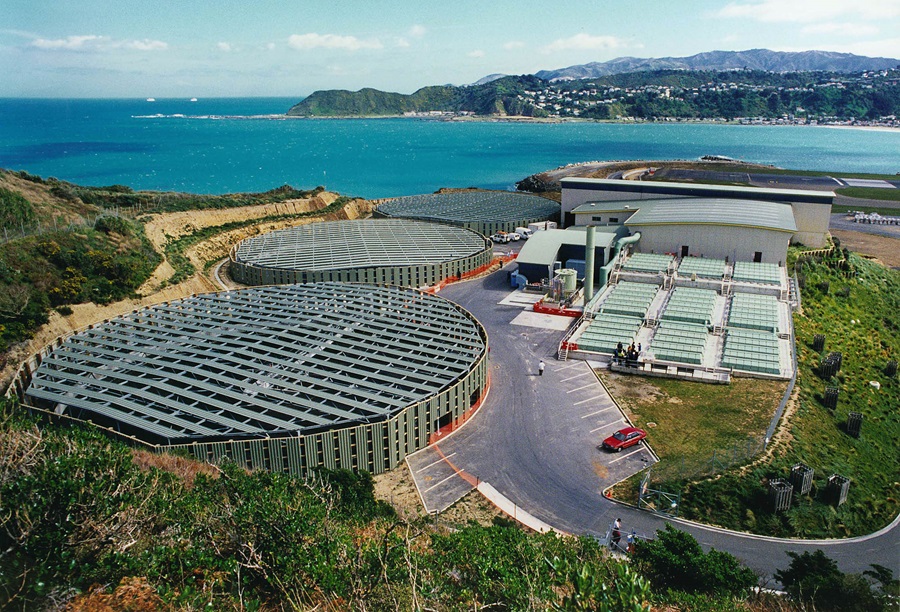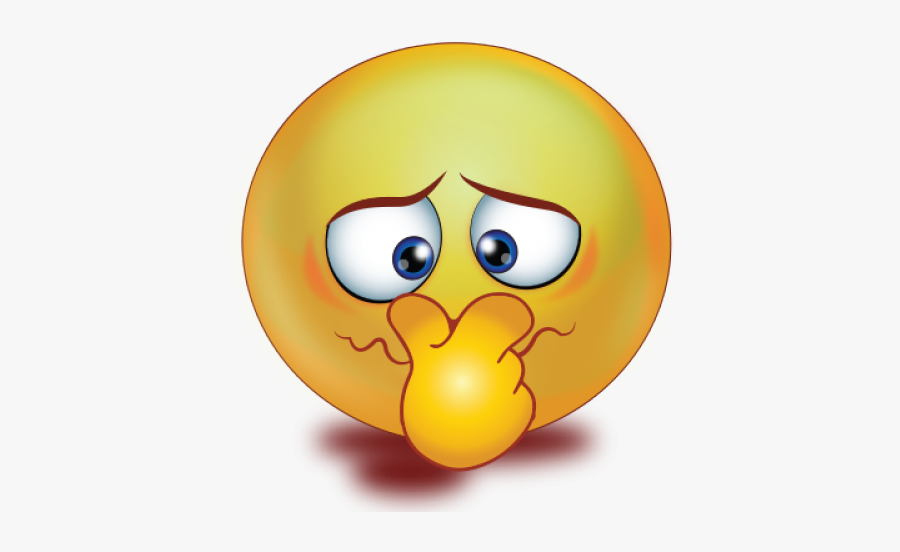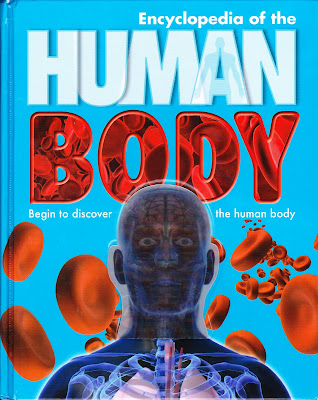If you’re looking for something new to read, we’ve got you covered! From exciting adventures to books to give you something to think about, we’ve got new titles across all of our kid’s collections. Check out these to start with!
Picture Books
A bed of stars / Love, Jessica
Going to bed each night can be dark and scary. The night sky stretches out endlessly, making one sensitive child feel small in comparison. So Dad comes up with a plan: a night of camping out in the desert. After sunset, when the young thinker feels tiny against the vast sky, Dad knows just what to ask-and just what to say-to soothe away fears. From acclaimed author-illustrator Jessica Love comes a story of small moments between father and child that affirms the comfort of finding one’s place in the world.” (Adapted from Catalogue)
The blue-footed booby / Biddulph, Rob
“Let’s follow the footprints! Let’s hunt for some clues! Left footprint! Right footprint! No time to lose! As everybody knows, Red-Footed Boobies are fabulous bakers. But when Desmond’s frangipane tart goes missing amidst a flurry of footprints, the Blue-Footed Booby becomes the chief suspect. But all is not as it seems…” (Adapted from Catalogue)
Nooo! Not the dentist / Blake, Stephanie
“Simon gets a sore tooth so needs to take his first trip to the dentist. The night before the appointment, Simon’s friend Ferdinand makes the most of the chance to show he knows more. Ferdinand uses his full imagination to describe the graphic horrors of the dentist’s chair. “I will NEVER go to the dentist!” yells Simon. But his mother takes no notice. When Simon is eventually persuaded onto the dentist chair, insisting his name is “Poo Bum”, he finds a remarkably patient dentist and an experience he wasn’t expecting… ” (Adapted from Catalogue)
Comic Books
Lo & behold / Mass, Wendy
“Can a virtual reality headset help change the way twelve-year-old Addie looks at things? With her life recently turned upside down, 12-year-old Addie is uncomfortable in her own skin until the world of virtual reality sparks her imagination and leads to an exciting new project, a new friend, and to reconnecting with who she’s always been.” (Adapted from Catalogue)
Adventuregame comics. 1, Leviathan / Shiga, Jason
“A “choose your own story” graphic novel. Leviathan is set in a medieval coastal village, where residents live in fear of a giant sea creature. Your goal as a reader is simple: defeat the Leviathan! As you wander through the open world, the town’s backstory is revealed. You can attempt to visit the library to try and learn why the Leviathan destroyed it years ago. You can stop by the castle to discover the town was once riddled with crime and theft–and how that’s stopped as the Leviathan will wreak havoc on the town for the smallest misdeeds. If you’re lucky, you may find your way to the old wizard who may possess the one thing that could keep the Leviathan at bay. But not everything is as it appears in this village. Can you discover the secrets and stop the Leviathan before it’s too late?” (Catalogue)
Four eyes / Ogle, Rex
“When Rex finds out he needs glasses, he’s beyond miserable. Dealing with the bullies at school, his family being broke, and an embarrassing lack of friends, he has way too much on his plate already. A humorous and heartwarming middle-grade graphic memoir about fitting in, facing bullies and finding the right pair of glasses.” (Adapted from Catalogue)
Chapter Books
The sideways orbit of Evie Hart / Kamaleddine, Samera
“Evie Hart likes rules. A lot. But as she embarks on her very last year of primary school, it feels like all the rules around her are being broken. When Evie’s class starts learning about the Earth’s place in the universe, it makes Evie think about her own place in the world and where she belongs. Which has her more worried than ever. When your mum writes a horoscope page for a living, it’s hard not to think about what the future holds. Especially when she and the only dad Evie has ever known are acting like they’re on different planets. But the more Evie learns about the sky and the stars, the more she learns that changes in the world can’t always be controlled. And maybe that’s not a bad thing.” (Catalogue)
A child like you / Robert, Na’íma bint
“Somewhere, out there, In the wide, wide world, a child like you is Watching…” Four brave children watch, listen, search, and feel, as they experience the inequalities, dangers and injustices of life in our world. Inspired by real-life activists and campaigners Greta Thunberg, Yusra Mardini, Marley Dias and Iqbal Masih, each of these children is filled with courage, determination and hope. They campaign to help save the planet, show that refugees can contribute and show leadership in sport in their new land, they build a library of 1000 books depicting black girls, they speak out against the outrage of child slavery. Lyrical and powerful, this book is a passionate call to children everywhere to speak their truth and stand up for a better world.” (Catalogue)
The circle breakers / Agbabi, Patience
“Elle and her friends are back! This time, they’ll be leaping to the past, the present and the future to safeguard the secret of The Gift and destroy The Vicious Circle. Fourteen-year-old Elle and her friends are going to a not-to-be-missed funfair. But a ride on the Ghost Train takes them further than they ever imagined. They end up in 1880, face-to-face with criminal mastermind, The Grandfather! To Elle’s surprise, he needs her help. Someone has threatened to reveal The Gift to the media. If that happens, everyone will know that Leaplings can leap through time; no Leapling will be safe. Meanwhile, Millennia’s power at the head of The Vicious Circle grows. Will Elle work for a villain to save her secret community? Can she and The Infinites crush The Vicious Circle for good?” (Catalogue)
Junior Non Fiction
Timelines of everything : from woolly mammoths to world wars
“From dinosaurs and Vikings to the history of robots and espionage, discover incredible world history in this lavish collection of timelines. Jam-packed with surprising facts and amazing details, such as the most bloodthirsty pirate of all time and the first crime to be solved by studying fingerprints, Timelines of Everything will take you on a whirlwind journey through an illustrated history of time, from the Big Bang to the modern world. More than 120 timelines give you all the general knowledge you need – and even some surprising trivia you don’t!” (Adapted from Catalogue)
What machines do / Allan, John
“Digging, ploughing, baking, flying. Explore the exciting World of Machines! Learn what different machines do and how they work. Discover which machines build houses, and which ones are blasted into space. Bright illustrations and informative text show a wide variety of machines. Perfect for little engineers who like to see what machines do and how they work. A colourful children’s book depicting various types of everyday machinery and what they do.” (Adapted from Catalogue)
Any body : a comic compendium of important facts & feelings about our bodies / Gathen, Katharine von der
“We live in our bodies for life, so it’s a good idea to understand them. Any Body looks from the outside and the inside, answering questions about our bodies and how we feel about them. It looks at how our bodies change and how we can change our bodies. It includes interesting facts about skin, hair, and body functions alongside the questions that may affect us from puberty and beyond – gender identity, beauty, self-confidence, how other people react and relate to us, and how they make us feel. This compendium allows us to get to know and feel at home in our bodies – and have a giggle about them too.” (Catalogue)
Wonderfully wired brains / Gooding, Louise
“We all have a brain. It carries our opinions, personalities, likes and dislikes, and tells us what to do, and what not to. There isn’t one brain in the world that is exactly the same as another! The differences in our brains should be understood and celebrated. This inclusive book will introduce children to the world of neurodiversity and encourages them to embrace their differences. (Adapted from Catalogue)


 Q: Why is poo brown?
Q: Why is poo brown?





































